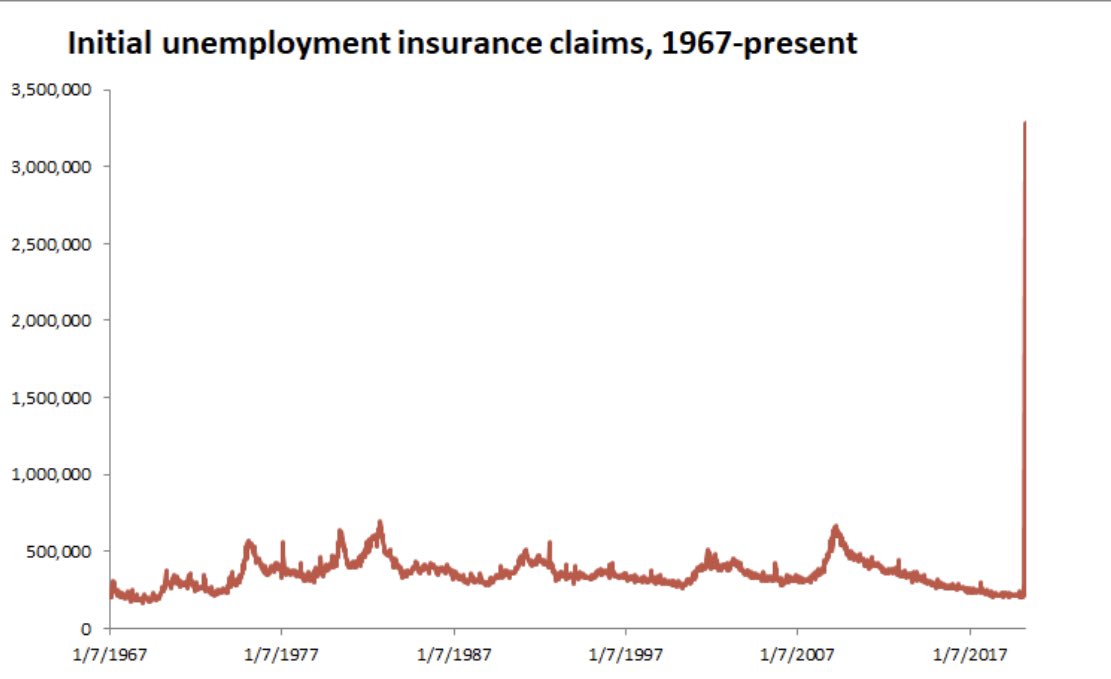No DN de 27.12.2023 encontrei este artigo de opinião, "O retumbante sucesso do friendshoring americano":
"Na sequência de uma ordem executiva de 2021 do presidente dos EUA, instruindo a sua Administração a realizar uma revisão das principais cadeias de abastecimento dos EUA, a secretária do Tesouro dos EUA, falando no Atlantic Council, em abril de 2022, anunciou uma nova abordagem da Administração Biden para navegar numa economia global mais adversa a interesses americanos, chamando-a de friendshoring.
...
Esta nova política estado-unidense de busca de cadeias de abastecimento mais resilientes entre parceiros de confiança, através de friendshoring, tem um principal destinatário - a China e as empresas chinesas - e tem-se traduzido em iniciativas como a adoção do CHIPS and Science Act, que têm sido complementadas por outras como o US-EU Trade and Technology Council (TTC), o Minerals Security Partnership (MSP), o Indo-Pacific Economic Framework for Prosperity (IPEF), e a America's Partnership for Economic Prosperity, para "interagir com parceiros confiáveis" e "reduzir as dependências de fontes não-confiáveis de fornecimento estratégico".
...
No plano do comércio externo, o friendshoring aparenta ser um retumbante sucesso. Em menos de dois anos, o México e o Canadá (friendshoring+ nearshoring) ultrapassaram a China como principais fornecedores de bens dos EUA em cadeias de abastecimento diversificadas. As importações dos EUA da China caem 25% no primeiro semestre de 2023; desde 2019, o superavit comercial bilateral do México com os EUA aumentou 40%. A China é agora apenas o terceiro maior fornecedor dos EUA. De acordo com alguns, o aumento das importações dos países vizinhos e parceiros na NAFTA reflete mudanças na procura dos consumidores e na diversificação da cadeia de abastecimento liderada pela pandemia.
As estatísticas mostram também que as exportações chinesas para países que estão a subir no ranking de fontes de importação dos EUA estão a aumentar. O fenómeno não é inédito. Temos vindo a assistir ao desvio comercial de produtos ocidentais para a Rússia através da Ásia Central. A extraordinária coincidência de aumento de fluxos de exportações da China para o México e o Canadá e destes dois países para os EUA leva um articulista da Bloomberga sugerir que as empresas chinesas estão a redirecionar boa parte das suas exportações. Quando ficar claro em Washington que o brilhante plano de friendshoring gera redirecionamento de produtos exportados por empresas chinesas para os EUA via México (e Canadá), é bem possível que tal gere uma nova onda de reação protecionista americana."
Há exactamente uma semana, a diretora comercial de uma empresa de fabrico de máquinas, todas destinadas à exportação, contactou-me para discutir o seu excelente ano. Ela partilhou o sucesso crescente no mercado norte-americano. Recordando que os conheci quando exploravam a América Latina e Sul, inquiri sobre as vendas e presença em países como Chile, El Salvador e México. Ela revelou que um cliente mexicano lhe mencionou a intenção de abrir uma fábrica nos EUA, visando contornar a legislação americana que visa limitar importações do México, devido à recente instalação de empresas chinesas aproveitando a política mencionada no artigo.
Não é uma previsão, é algo que já está a acontecer.




















